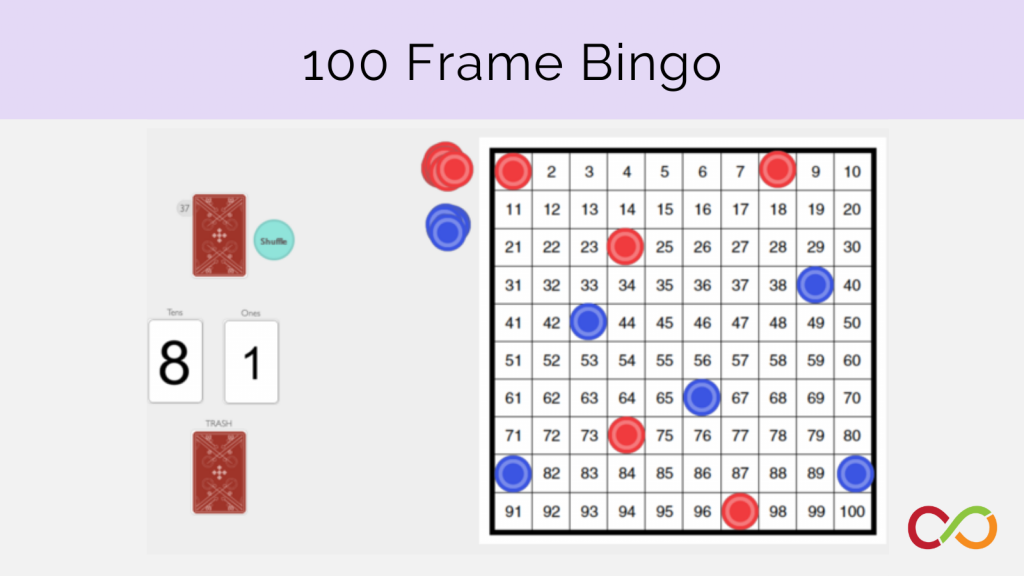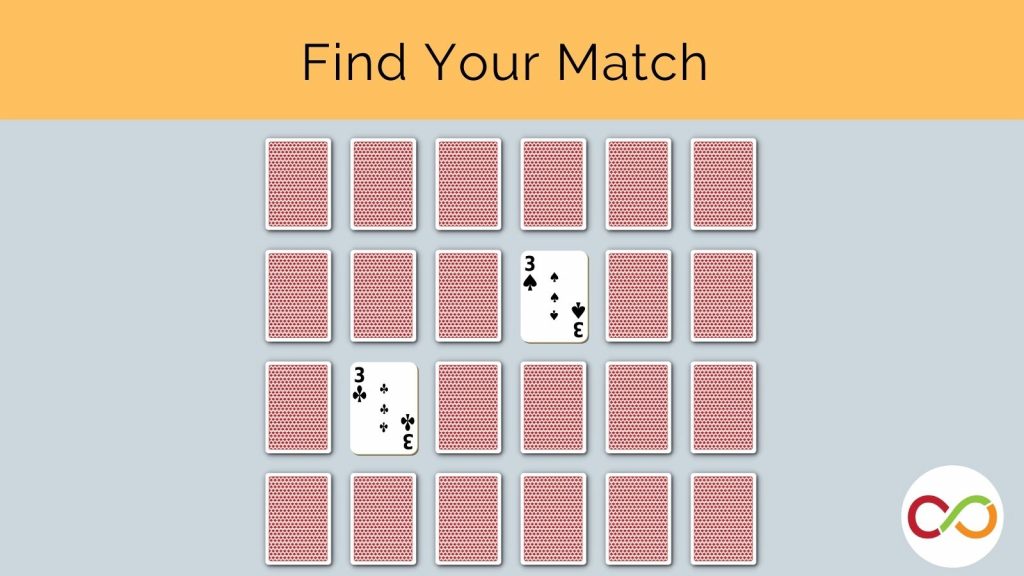War
Early Years/Primary/Junior (Age 3 – 12)
Curriculum Goal
Kindergarten: Demonstrating Literacy and Mathematics Behaviour
- Demonstrate an understanding of numbers, using concrete materials to explore and investigate counting, quantity, and number relationships (#15).
Primary: Number Sense
- Recall and demonstrate addition facts for numbers up to 10, and related subtraction facts.
Junior: Number Sense
- Recall and demonstrate multiplication facts from 0 × 0 to 12 × 12, and related division facts.
Context
- Two to four students and the teacher will be sitting on the carpet in a circle or on a video conference chat.
- Students should have previous experience with number magnitude (early years) or adding and subtracting (primary).
Materials
In-person version
- One standard 52-card deck, number inclusion dependent on students’ level: i.e., A – 10 (early years) or A – 13 (primary)
Online version
- Game file (Playingcards.io upload instructions)
- Video conference capabilities
Lesson
Early Years:
- Deal out entire deck of cards equally among students.
- Players simultaneously turn over the top card of their deck.
- The player with the highest card takes all played cards and places them at the bottom of their deck.
- When two players turn over the same highest number, a war is launched – each player puts down two more cards, face down, then turns up a third card. The person with the highest card takes all the cards in that round.
- The game ends when one player has all the cards.
Look Fors
- Do the children know the magnitude of their numbers on the cards (early years)?
- Can children read symbolic numbers (early years)?
- What strategies do the children implement to determine the number’s magnitude?
- Can children quickly determine which number is larger (early years/primary)?
- Can children add or subtract two single- or double-digit numbers (primary)?
Extension
- Player with the smaller number wins each round.
- Addition War, Subtraction War, Multiplication War, etc. Players turn up two cards each round. Player with the largest sum (or difference, or product) takes all.
- Face cards can count as 11, 12, 13.
Created by Yara Salloum. Adapted by The Robertson Program.
Share this lesson
Share on facebook
Share on twitter
Share on email


